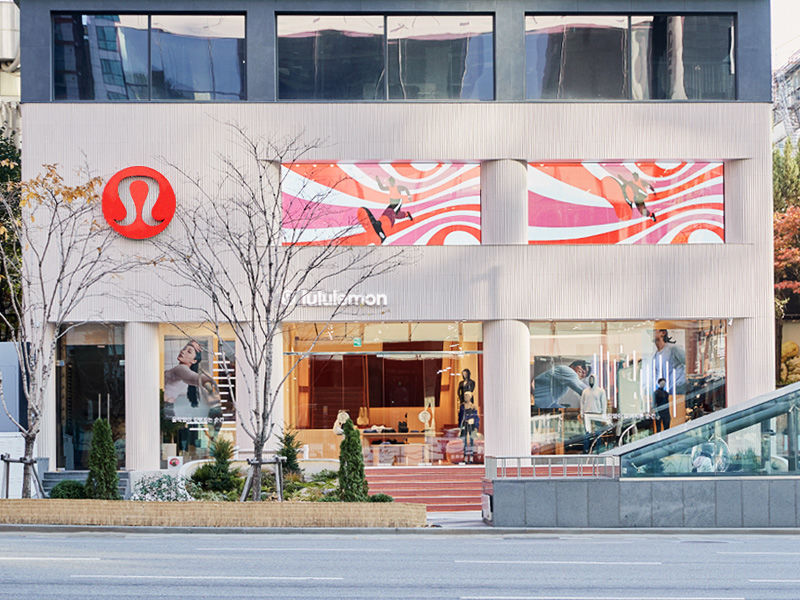On the heels of a solid fiscal second-quarter earnings report, Nike (NKE 1.59%) announced it was launching a new yoga collection for men for the first time. This is while the company also sees a big opportunity to expand its apparel category overall.
However, Nike's core business is still selling sneakers. That's not going to change, and that's also why lululemon athletica (LULU +0.91%) should continue to do fine. Just as Nike has been successful turning a basketball shoe into a fashion statement, Lululemon has accomplished the same in athletic apparel. Both companies are really good at what they do best, and that will protect Lululemon's competitive position from larger rivals.

IMAGE SOURCE: GETTY IMAGES.
Why Nike wants to enter Lululemon's turf
Most of Nike's business is dependent on sales of footwear, which makes up about two-thirds of annual revenue. Nike has been doubling down on its innovation in running and basketball shoes to solidify its lead against a strong push from Adidas. Last quarter, Nike grew total revenue by 14% year over year on a currency-neutral basis. The top line was driven by 15% growth in the footwear category.
However, during last quarter's conference call, CEO Mark Parker called apparel "one of Nike's greatest growth opportunities." Nike has experienced double-digit growth in apparel, and so have other retailers. Lululemon is currently ahead of schedule in its plans to reach $1 billion in annual revenue in its men's category. Other retailers, particularly Gap's Athleta brand, have ramped up efforts to target men, as well.
The move into men's yoga clothing by the swoosh brand is not so much an attempt to go after Lululemon as it is an opportunity to diversify its revenue more, especially into the broader apparel market that has been growing faster than Nike's core sneaker business.
Lululemon looks unstoppable
While Nike is gradually investing more in apparel, Lululemon recently raised its outlook for the current quarter (which ends in January) for revenue and earnings based on strong sales through the holiday season. Lululemon now anticipates revenue to be in the range of $1.14 billion to $1.15 billion, an increase from the previous expected range of $1.115 billion to $1.125 billion.
These are fantastic results for a brand that is on the high-end range of the price spectrum in the industry. The items in Nike's yoga collection are priced around $50 to $75 for tops and bottoms. This is significantly cheaper than Lululemon, where a T-shirt can cost as much as $88 and a pair of pants can cost as much as $178. Despite the price discrepancy, Lululemon continues to charge forward.
Lululemon and Nike have distinct brands
Over the last few years, Lululemon made a lot of improvements to the business operationally to drive accelerated growth in revenue through 2018. Ultimately, however, Lululemon's robust 21% growth in revenue in the fiscal third quarter is a result of making products customers want to buy. That might be stating the obvious, but it's important to remember that Lululemon's strong revenue growth over the last year is driven by customers paying premium prices for what they perceive as clothing far superior to your average workout clothing.
Check out the latest Nike and Lululemon earnings call transcripts.
There's a distinct difference between Nike and Lululemon in how they design clothing. For example, Lululemon's design teams put just as much focus on how clothing feels against the skin, particularly when you're sweaty, as they do on how it looks. Lululemon calls it "engineered sensation."
This attention to detail and the years of expertise Lululemon has gained in designing proprietary synthetic fabrics is the same advantage Nike has gained over the years working on innovative cushioning technology for running shoes. It's this distinction between the two companies that should keep Lululemon's momentum going, even with big dog Nike entering the market.







